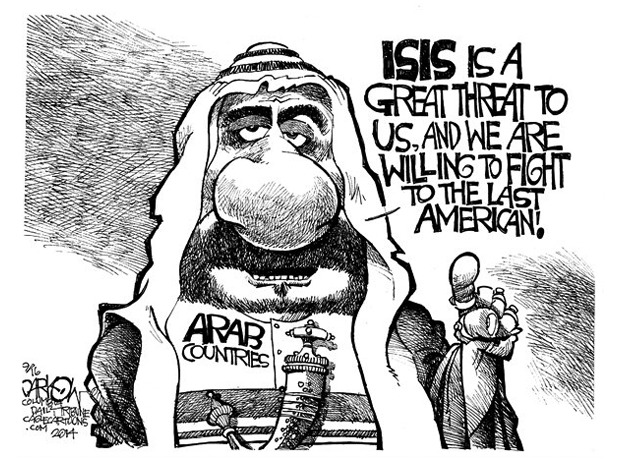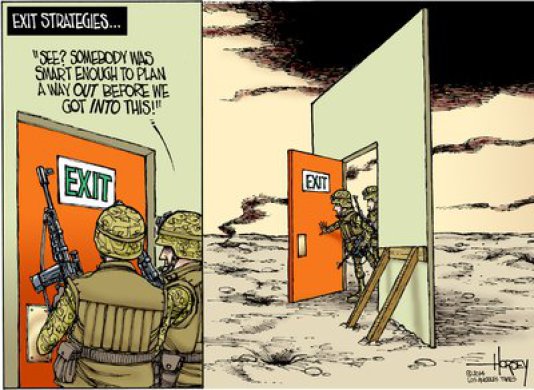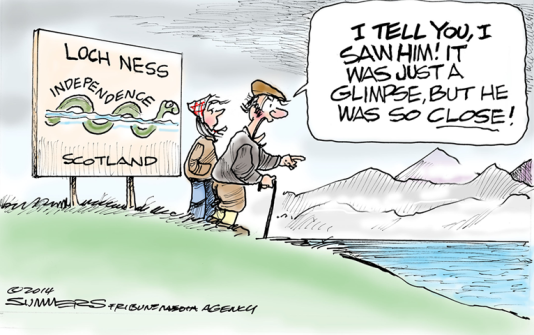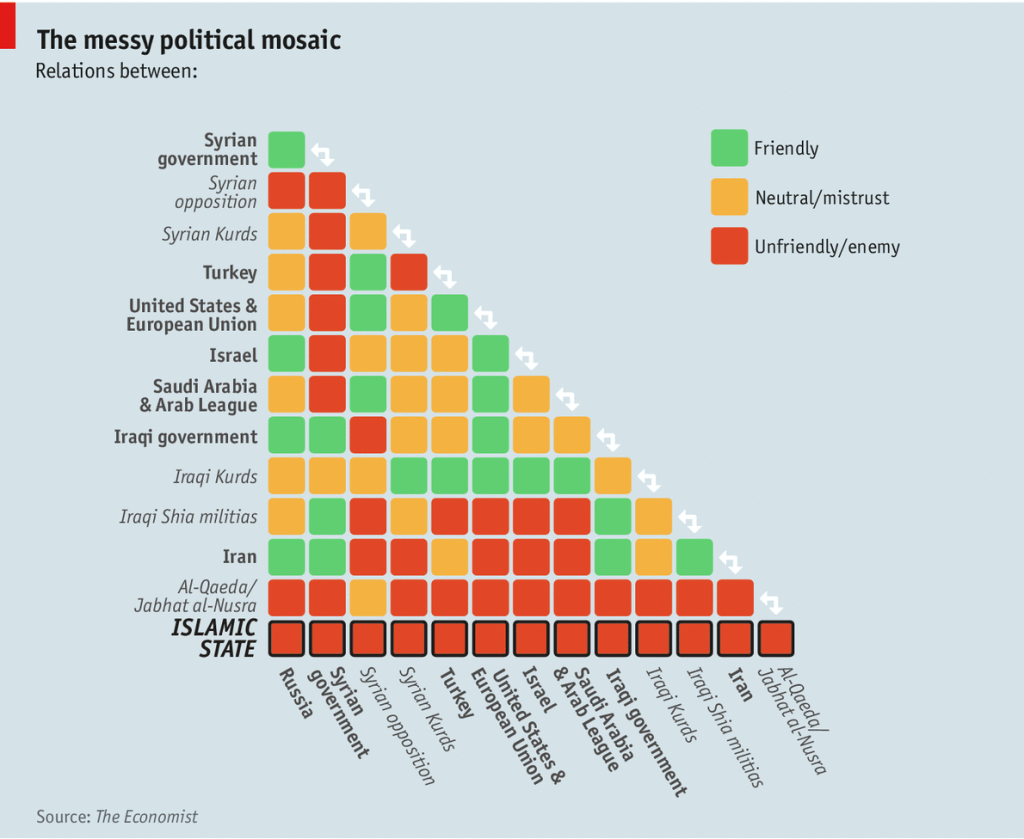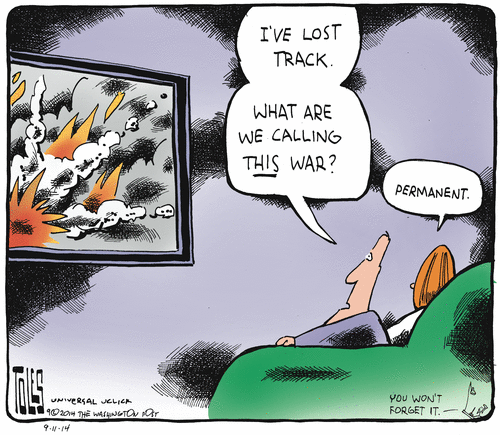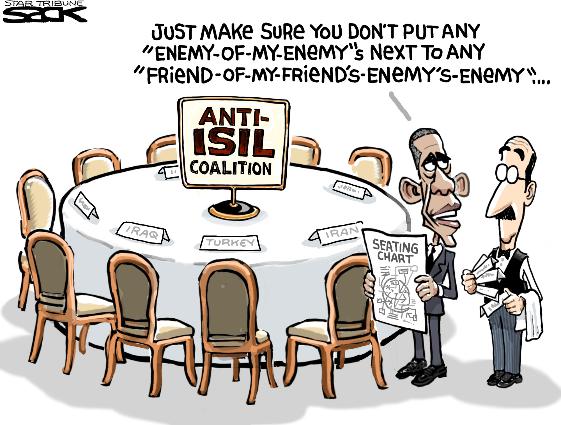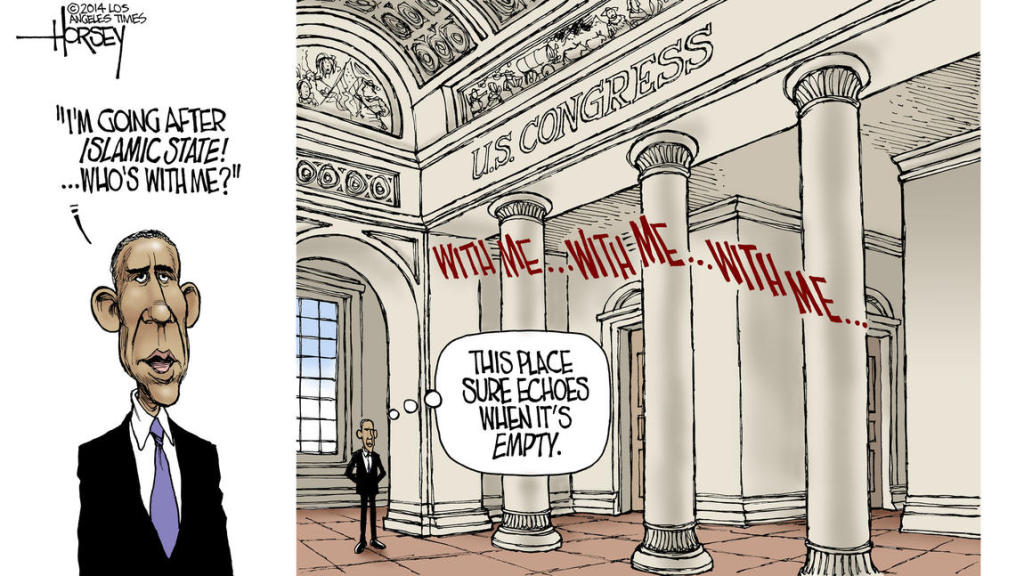Ever hear of the Maker Movement? It is a loosely affiliated group of several hundred thousand people around the world who are starting their own small businesses dedicated to creating and selling self-made products.
It has the potential to be formidable economic force that might change much about how we produce and consume goods.
The Wrongologist first learned of the Maker Movement while preparing for his trip to Shenzhen, China last spring. Shenzhen is where the iPhone and iPad, and half of the world’s mobile phones are manufactured. It is also a huge hub of people who build, design, modify, hack, invent, or simply make something newer, cheaper, better and/or smaller than it can be made in large corporate or university contexts.
Maker culture emphasizes learning-through-doing in a social environment, rather than formal education as the most important part of skills development. This is very true in Shenzhen today.
Joi Ito, head of the MIT Media Lab, also visited Shenzhen earlier this year. He reports: (emphasis and brackets by the Wrongologist)
What we experienced was an entire ecosystem. From the bespoke little shop making 50 blinking computer controlled burning man badges to the guy rebuilding a phone while eating a Big Mac, to the clean room with robots scurrying around delivering parts to rows and rows of SMTs [Surface Mount Technology machines] - the low cost of labor was the driving force to pull most of the world’s sophisticated manufacturing here, but it was the ecosystem that developed the network of factories and the tradecraft that allows this ecosystem to produce just about anything at any scale.
Notice he says “at any scale”. Ito goes further:
Just like it is impossible to make another Silicon Valley somewhere else, although everyone tries – after spending four days in Shenzhen, I’m convinced that it’s impossible to reproduce this ecosystem anywhere else.
Both Shenzhen and Silicon Valley have a “critical mass” that attracts more and more people, resources and knowledge, but they are also living ecosystems, with diversity and with a work ethic and experience base that another region will have difficulty bootstrapping. Ito thinks that most of America will do best by forging links with places like Shenzhen rather than to try and compete with it head-on
Modern technology has made it easier than ever for a single individual to create and distribute items that are customizable and unique, without depending on middlemen like manufacturers. The Internet facilitates direct marketing to end users. This shift is starting to affect the global economy, and will likely have big implications for new consumer and industrial products. The convergence of technology and Internet connectivity is making this a special time in history. It is beginning to look like it could have a transformative impact on our future.
Joi Ito has a TEDTalk that predates his Shenzhen trip. In the talk, he outlines a series of concepts that drive the Maker Movement. One takeaway is this point:
Education is what people do to you and learning is what you do to yourself.
Ito discusses a new approach: building quickly and improving constantly, without waiting for permission or for proof that you have the right idea. It is this bottom-up innovation that the Maker Movement is all about.
For Makers, community interaction and knowledge sharing is mediated through networked technologies, where websites and social media form the knowledge repositories. The exchange of ideas takes place in shared spaces called hackerspaces. Today, there are about 1,100 active hackerspaces all over the world.
One such hackerspace is Shenzhen’s HAXLR8R, started by expatriates, it is a start up accelerator program focused on providing hardware-based start-ups with the appropriate China-based knowledge and support to take their concept into a commercialized reality. You can see an explanation of their process here.
Earlier this year, the White House announced its own Maker initiative, where the Obama administration is partnering with companies, nonprofits, and communities to get the most out of the Maker Movement. China wants in on the game as well. In April, a Maker Faire in Shenzhen attracted an estimated 30,000 people.
Common sense suggests that if you want to maximize creativity, you find some bright people, give them the resources they need to pursue whatever idea comes into their heads, and then leave them alone.
Most will turn up nothing, but one or two may well discover something very, very useful.
The Maker Movement is democratizing product development, and a few successfully commercialized products may have a snowball effect. We may see products with more value and at cheaper price points than we ever thought possible.
And better paying jobs for Millennials.



